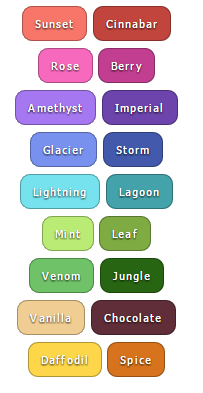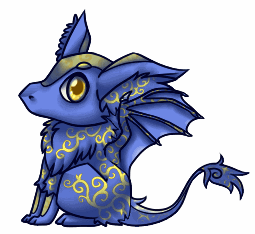I've been terribly busy lately but I managed to get something awesome done tonight. In summary:
- Modified the htaccess file and created a directory that doesn't redirect to the index.
- Files in this directory -can- access the mysidia framework if I want them to. Or, they can also not, if I need them to.
- I needed them to NOT access the framework while generating images with GD, because for some reason, the class initializing process was screwing it up. All I really needed access to was the database so I wrote up a new connection. Not efficient, no, but works great in this case.
- So, generated some images with GD. I stacked fifteen or so layers of images while preserving the alpha/opacity/transparency. I can also resize them on the fly. The image files I'm layering correspond with information stored in the database about the pets color, species, gender, and other genetics, etc. I only send two queries to this file, the aid and a size. The header for this php file is made to ~
think~ its an image, and that's part of the reason why the framework files were mucking with it, I think?
- I messed with the htaccess file some more to make the php file name go from being novu/render.php?aid=10&size=200 to ~
looking~ like its an image file at /novu10_200px.png and if you rightclick to save the file, this is exactly what it saves as. If you view the image in a standalone tab it works just fine, which means you can link it to anyone freely. Changing the parameters for the aid and the size means easy display of any pet with complete freedom.
- Now all the pet images on my site act like fully functional real images. I'm friggin' excited about this!
I don't feel like writing up an exact tutorial because this'll give my site a bit of an edge on sites even as big as Lioden. So, naturally, if you want this sort of thing, hope you have a couple hundred dollars to convince me, aha...
But I will link this awesome
Mod Rewrite generator for the htaccess file - it definitely saved me time modifying that file!
edit: I can now generate colors by tinting a grayscale image by sliding RGB values around using PHP. This greatly reduces the number of image files I'm required to both manually save and then reference. I can also finally have tinted lines, something I didn't want to bog myself down with before. And, since I don't think I re-announced it, here's my official color palette as of recently - with color names:

And these are just some of the possibilities I have done so far!
